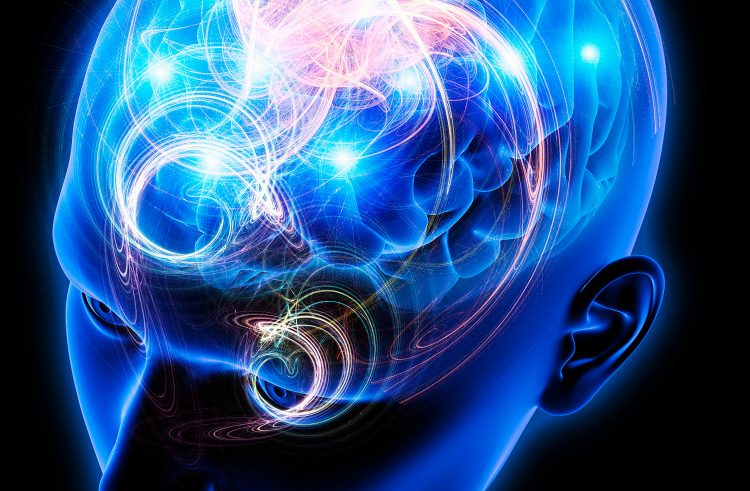Sleep loss causes brain vulnerability to toxic elements

In search of the answer to why do we sleep, research conducted at the Mexican Metropolitan Autonomous University (UAM) revealed that chronic sleep loss can cause certain neurotoxic molecules, which normally circulate in the blood, to be transported to the central nervous system and interfere with the function of neurons.
Beatriz Gómez González, professor and researcher at UAM and head of the scientific project, explained that this phenomenon arises due to an alteration in the central nervous system called blood-brain barrier, which is the component responsible for protecting the brain from potentially neurotoxic agents.
Through the induction of sleep loss on some animals, the specialist at UAM and his staff corroborated that the longer the period of insomnia, joints vessels in the blood-brain barrier began to degrade. “The blood vessels were found not so closely united, we observed that some elements could cross that barrier and reach the brain tissue itself,” explained the researcher.
By entering the brain, some nerve agents could potentially affect neuronal function and even promote neuron death. For example, the specialist said, an agent called monosodium glutamate found in a wide range of processed foods may cause neuronal damage by overactivation of these cells (excitotoxicity), although the range of neurotoxic agents circulating in the blood is very extensive.
Furthermore, the research group at UAM studied the risks that could arise as a result of the administration of some drugs to the increased permeability of the blood-brain barrier induced by chronic sleep loss. Gómez González said that, based on some studies, it has been confirmed that some second-generation antihistamines permeate into the brain tissue when this phenomenon occurs.
“Although manufacturers of antibiotic drugs or second-generation antihistamines ensure that these do not affect brain function, there is evidence that these may impact on the central nervous system when there is an increase in the permeability of the blood-brain barrier,” said the researcher. This phenomenon may cause some unwanted excitotoxicity effects in neurons, drowsiness, behavioral changes and even neuronal death.
Another phenomenon reported by researchers at UAM, with the induction of sleep loss in animals is the increased number of pinocytotic vesicles in cells. These relate to certain folds of a cell elements and capture materials found in the bloodstream; but this phenomenon may increase the risk of neurotoxic elements entering the brain tissue. “The animals that have been induced sleeplessness develop up to three times these vesicles compared to animals in natural state.”
Media Contact
More Information:
http://www.invdes.com.mxAll latest news from the category: Life Sciences and Chemistry
Articles and reports from the Life Sciences and chemistry area deal with applied and basic research into modern biology, chemistry and human medicine.
Valuable information can be found on a range of life sciences fields including bacteriology, biochemistry, bionics, bioinformatics, biophysics, biotechnology, genetics, geobotany, human biology, marine biology, microbiology, molecular biology, cellular biology, zoology, bioinorganic chemistry, microchemistry and environmental chemistry.
Newest articles

Combatting disruptive ‘noise’ in quantum communication
In a significant milestone for quantum communication technology, an experiment has demonstrated how networks can be leveraged to combat disruptive ‘noise’ in quantum communications. The international effort led by researchers…

Stretchable quantum dot display
Intrinsically stretchable quantum dot-based light-emitting diodes achieved record-breaking performance. A team of South Korean scientists led by Professor KIM Dae-Hyeong of the Center for Nanoparticle Research within the Institute for…

Internet can achieve quantum speed with light saved as sound
Researchers at the University of Copenhagen’s Niels Bohr Institute have developed a new way to create quantum memory: A small drum can store data sent with light in its sonic…





















